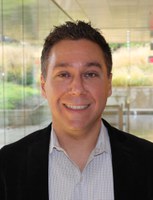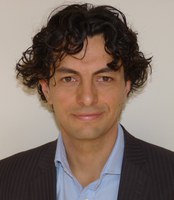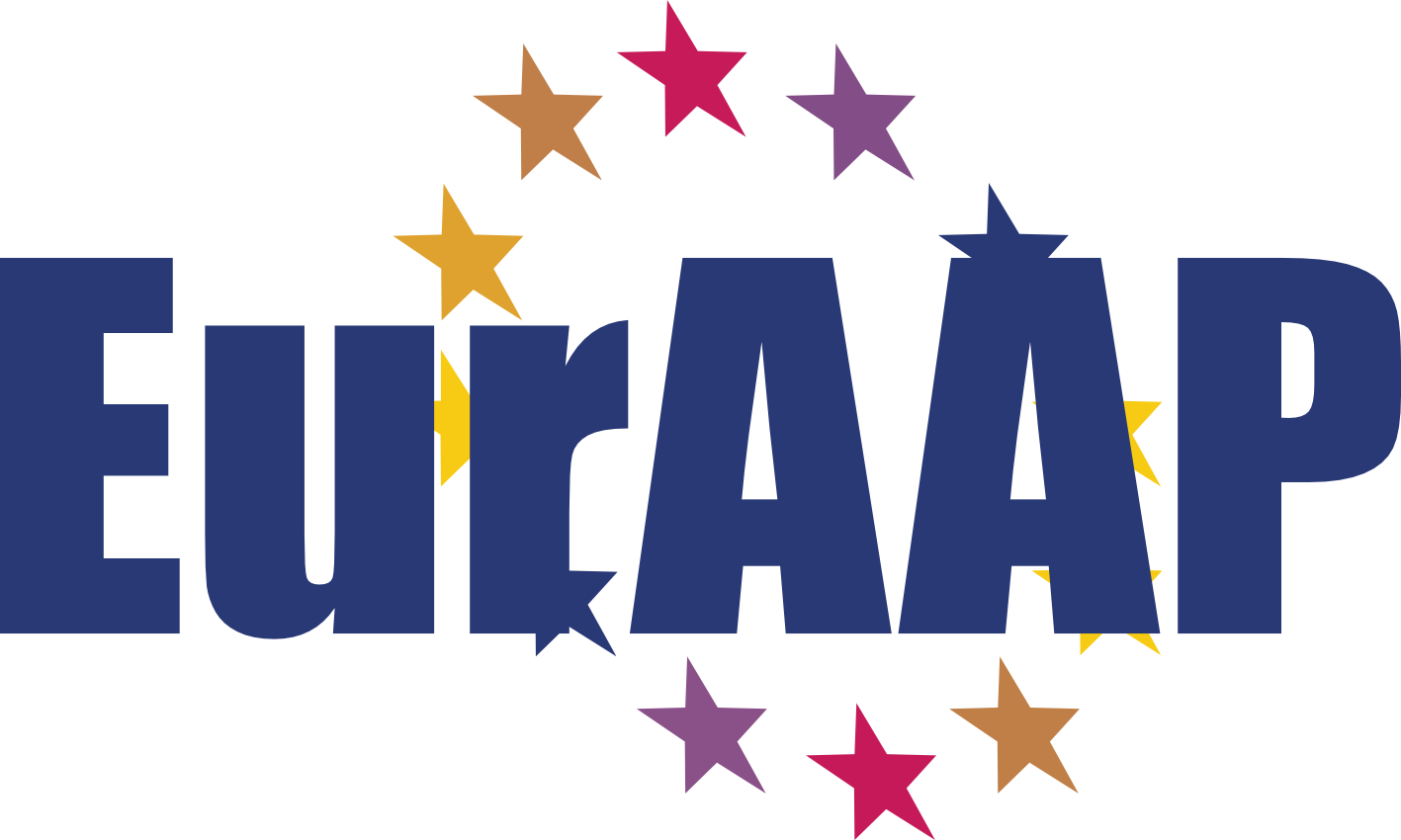SC12 (T): Wireless Non-Radiative Power Transfer: Theory and Applications
Anthony Grbic
University of Michigan, USA

Prof. Anthony Grbic received the B.A.Sc., M.A.Sc., and Ph.D. degrees in electrical engineering from the University of Toronto, Canada in 1998, 2000, and 2005, respectively.
In January 2006, he joined the Department of Electrical Engineering and Computer Science, University of Michigan, USA, where he is currently a Full Professor. His research interests include engineered electromagnetic structures (metamaterials, metasurfaces, electromagnetic band-gap materials, frequency-selective surfaces), plasmonics, antennas, analytical electromagnetics/optics, microwave circuits, and wireless power transmission systems.
Dr. Grbic served as Technical Program Co-Chair and Topic Co-Chair for the 2012 and 2016 IEEE International Symposium on Antennas and Propagation and USNC-URSI National Radio Science Meeting (APS/USNC-URSI), respectively. He was an Associate Editor for IEEE Antennas and Wireless Propagation Letters from 2010 to 2015. He is currently the Vice Chair of APS Technical Activities, Trident Chapter, IEEE Southeastern Michigan Section.
He was the recipient of AFOSR Young Investigator Award as well as NSF Faculty Early Career Development Award in 2008, the Presidential Early Career Award for Scientists and Engineers in January 2010, an Outstanding Young Engineer Award from the IEEE Microwave Theory and Techniques Society, a Henry Russel Award from the University of Michigan, and a Booker Fellowship from the United States National Committee of the International Union of Radio Science in 2011. He was also the inaugural recipient of the Ernest and Bettine Kuh Distinguished Faculty Scholar Award in the Department of Electrical and Computer Science, University of Michigan in 2012. Dr. Grbic is a Fellow of the IEEE.
Mauro Ettorre
IETR/CNRS, France

Dr. Mauro Ettorre received a Laurea degree “summa cum laude” in Electrical Engineering and a Ph.D. in Electromagnetics from the University of Siena, Italy, in 2004 and 2008, respectively. Part of his Ph.D. work was developed at the Defence, Security and Safety Institute of the Netherlands Organization for Applied Scientific Research (TNO), The Netherlands, where he later worked as an Antenna Researcher.
From 2008 to 2010, Dr. Ettorre was a Postdoctoral Fellow at the Institut d'Electronique et de Télécommunications de Rennes (IETR), Université de Rennes 1, France. In 2010, he was a Visiting Scholar in the Radiation Laboratory, Department of Electrical Engineering and Computer Science, University of Michigan. Since October 2010, he is a Research Scientist at the French National Center for Scientific Research (CNRS), within the IETR. In 2014, he assumed responsibilities for the multi-beam antenna activity for satellite applications in the joint laboratory between IETR and Thales Alenia Space, France. In 2015, he was an invited professor at Tokyo Institute of Technology, Japan.
Dr. Ettorre’s research interests include the analysis and design of leaky-wave antennas, periodic structures, millimeter-wave antennas, non-diffractive radiation, near-field focusing techniques, and wireless power transfer systems.
Dr. Ettorre received the Young Antenna Engineer Prize at the 2008 European Space Agency Antenna Workshop in The Netherlands, and the 2012 Starting Grant Award from the city of Rennes, France.
Context
Wireless power transmission is the next dream technology for an untethered truly mobile experience. Wireless power systems will remove the corded connection between an object in need of energy and the power grid. The technology will benefit a wide range of devices including sensors, portable electronics, electric/autonomous vehicles, biomedical devices etc. The objective of this course is to provide a fundamental understanding of wireless power transmission in the non-radiative/reactive near field. Wireless power transfer systems will be described using electromagnetic field and circuit analysis. Their design parameters and limitations will be outlined, and possible future research directions outlined. The current standards and regulations on wireless power will also be covered together with current research on human RF exposure and safety.
Course content
The short course is organized into five sections covering the following sub-topics.
1. The state of the art and standards: an overview of the current state-of-art in wireless power transfer is presented. Special attention is given to systems based on reactive (non-resonant or resonant) near-field coupling. Current standards and regulations are presented with an emphasis on the frequency of operation, power capability, distance range and operating mechanism.
2. Electromagnetic field and circuit analysis: basic quasi-static concepts and techniques are reviewed for the analysis of wireless power transfer systems based on reactive near-field coupling. A circuit description is then derived and used to perform microwave network analysis. The coupling regimes of wireless power transfer systems are outlined and their impact on the operating distance and efficiency described. Frequency tuning and tunable matching circuits are introduced as effective strategies for improving the power transfer efficiency and operating range of wireless power transfer systems.
3. Experimental wireless non-radiative power transfer systems: several prototypes in the MHz range are used to validate the theoretical framework of the course. In particular, wireless power transfer systems based on shielded loop resonators are presented. Frequency tuning techniques and tunable matching circuits based on varactor diodes are presented to achieve improved efficiency and operating range.
4. Human exposure: the current research activities on human exposure to wireless power systems are reviewed. A comprehensive dosimetry analysis is presented for a wireless power transfer system in presence of a detailed anatomical human body model. Compliance of the system with guidelines set by the international commission on non-ionizing radiation protection (ICNIRP) is evaluated, and maximum allowable input power are discussed.
5. Future directions: the efficiency and operating range of wireless power transfer systems is limited by the rapid decay of the magnetic coupling coefficient between the transmitter and receiver with the distance. Quasi-static arrays are shown to be an efficient way to tailor the magnetic near field of the system for an increased operating range or improved efficiency. Furthermore, a novel wireless power scheme is presented using non-diffractive Bessel beams.


















